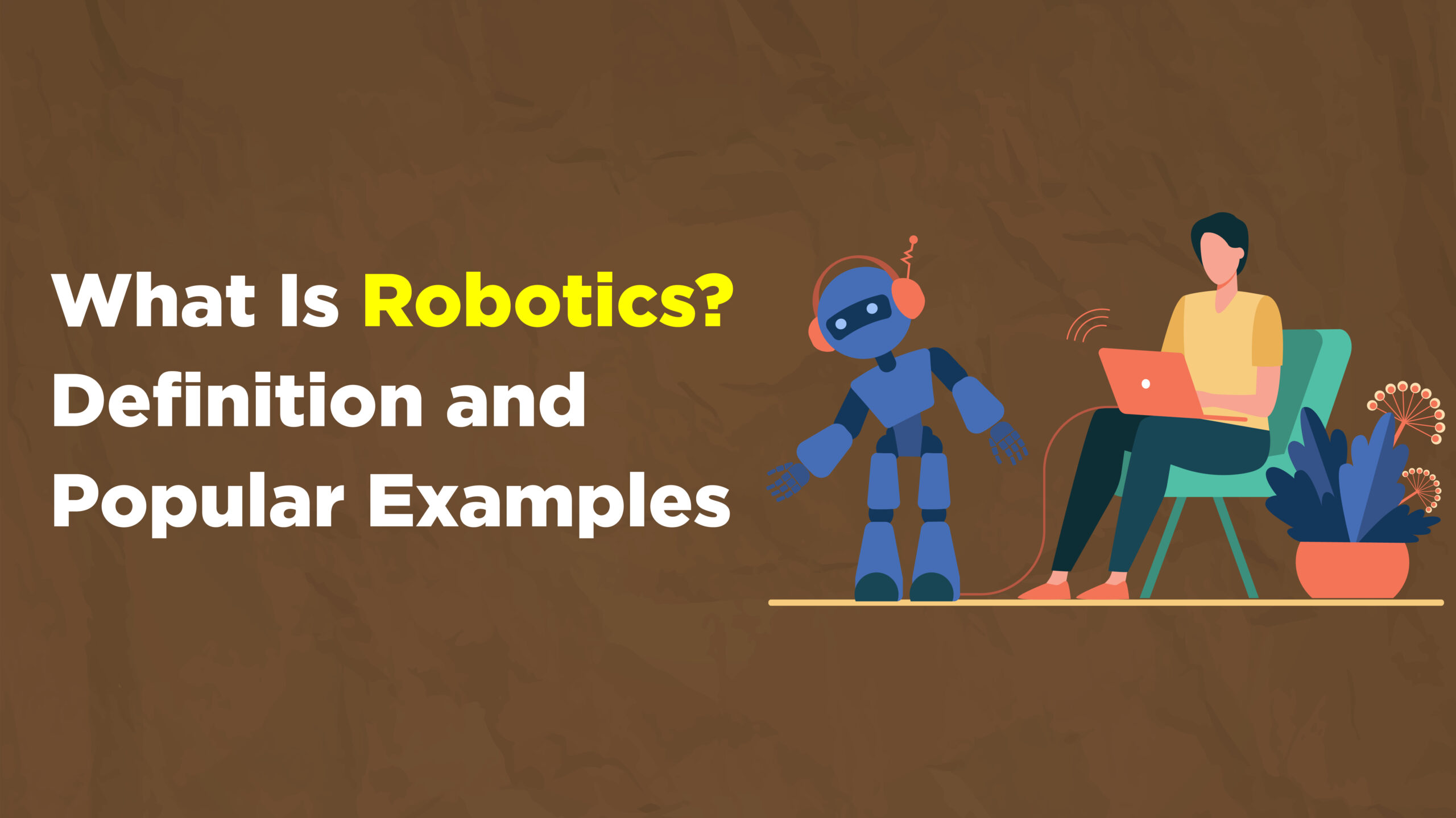What Is Robotics? | Definition and Popular Examples 2024
Imagine a world where tireless machines assist us in every aspect of life. From performing delicate surgeries with unparalleled precision to venturing into the desolate Martian landscape, robots are no longer the stuff of science fiction. They are a rapidly evolving reality, transforming industries, revolutionizing healthcare, and pushing the boundaries of what’s possible. But what exactly is robotics, and how do these intelligent machines come to life? Let’s deeply dive into this fascinating field, exploring the science, technology, and applications shaping our future. Science and Engineering: The Core of Robotics At its core, robotics is the captivating intersection of science, engineering, and technology. It’s the art of creating intelligent machines – robots – that can mimic or even surpass human capabilities. These machines are not simply pre-programmed automatons; they are complex systems that integrate various disciplines to achieve remarkable feats. Mechanics: This field forms the foundation of a robot’s physical structure. Mechanical engineers meticulously design the robot’s body, joints, and actuators (motors) to enable desired movements. Imagine the intricate design of a robotic arm in a factory, with multiple joints and actuators working in unison for precise assembly tasks. Electronics: The nervous system of a robot! Electronic components like sensors, controllers, and power systems bring the robot to life. Sensors allow the robot to perceive its environment, while controllers process this information and send signals to the actuators, dictating the robot’s movements. Computer Science: The brain of the robot! Programmers create the algorithms and instructions that govern the robot’s behavior. This involves coding movement patterns, defining decision-making processes, and integrating sensors for real-time response. Artificial Intelligence (AI) and Machine Learning (ML): These cutting-edge fields are increasingly woven into the fabric of robotics. AI imbues robots with the ability to learn and adapt, while machine learning allows them to continuously improve their performance based on data and experience. The Birth of a Robot: A Step-by-Step Journey The creation of a robot is a meticulous process, requiring a blend of creativity, engineering expertise, and technological prowess. Here’s a breakdown of the key steps involved: Conception and Design: The journey begins with an idea! Engineers brainstorm the purpose of the robot, considering the tasks it will perform and the environment it will operate in. This stage involves sketching initial designs, researching suitable materials, and outlining the robot’s functionalities. Mechanical Design and Construction: Based on the initial design, engineers create a detailed blueprint for the robot’s physical structure. This includes designing and building the body, joints, and actuators that will enable movement. Imagine the meticulous design of a surgical robot, requiring delicate movements and high precision. Electronics Integration: The robot’s “nervous system” comes to life in this stage! Electronic components like sensors, controllers, and motors are carefully integrated into the robot’s body. Sensors like cameras or LiDAR (Light Detection and Ranging) systems allow the robot to perceive its surroundings, while controllers like microcontrollers or microprocessors process the information and send signals to the actuators for movement. Programming and AI/ML Integration: This stage breathes life into the robot’s “brain.” Programmers write the software that will control the robot’s movements, decision-making processes, and sensor integration. This may involve complex algorithms for tasks like pathfinding, obstacle avoidance, or object manipulation. Additionally, AI and machine learning techniques can be integrated to enable the robot to learn and adapt over time. Testing and Refinement: No robot is perfect on the first try! Rigorous testing ensures the robot functions as intended and can handle real-world scenarios. Engineers may make adjustments to software, hardware, or AI algorithms based on the testing results, optimizing the robot’s performance and ensuring its safety and effectiveness. A Spectrum of Robots: Beyond the Industrial Giants The realm of robotics extends far beyond the clunky, industrial robots often depicted in movies. There’s a robot for nearly every task imaginable, each with its own unique design and capabilities: Industrial Robots: The workhorses of modern manufacturing, these tireless workers perform tasks like welding, painting, and assembly with unwavering accuracy and speed. They play a crucial role in streamlining production lines and maintaining consistent quality. (e.g., ABB robots) Medical Robots: These lifesavers are transforming healthcare in profound ways. Surgical robots assist surgeons with delicate procedures, providing enhanced dexterity, precision, and minimally invasive techniques. Rehabilitation robots are aiding in physical therapy, offering patients personalized support and faster recovery times. (e.g., Da Vinci Surgical System, Ekso Bionics rehabilitation exoskeleton) Service Robots: These helpful machines are making our lives easier and more convenient. From the ubiquitous robot vacuum cleaners that tirelessly clean our floors to delivery drones bringing packages to our doorsteps, service robots are transforming the way we live and work. (e.g., Roomba vacuum cleaners, Amazon delivery drones) Field Robots: These intrepid machines are venturing where humans can’t, pushing the boundaries of exploration and innovation. From the rovers traversing the Martian landscape to agricultural drones revolutionizing farming practices, field robots are expanding our reach and capabilities. (e.g., NASA’s Perseverance rover, agricultural drones) Personal Robots: This emerging field holds exciting possibilities for companionship and assistance in everyday life. Personal robots can provide entertainment, and companionship for the elderly, or even act as educational tools for children. (e.g., Sony Aibo robotic dog, Cozmo educational robot) The Future: A Glimpse into a World Transformed by Robotics The potential of robotics is truly limitless. As artificial intelligence and machine learning continue to evolve, robots will become even more sophisticated, capable of performing complex tasks with unparalleled precision and autonomy. Here’s a glimpse into what the future might hold: Collaborative Robots (Cobots): Imagine robots working alongside humans in factories, assisting with tasks and streamlining production processes. Cobots, designed for safe human-robot interaction, will redefine the future of manufacturing. Self-Driving Cars: A future with self-driving cars promises increased safety, reduced traffic congestion, and improved accessibility for all. Advancements in robotics and AI will be crucial in making autonomous vehicles a reality. Advanced Healthcare: Robots will play an even greater role in healthcare, assisting in surgery with unparalleled precision, performing complex diagnostic procedures, and providing personalized care for … Read more

